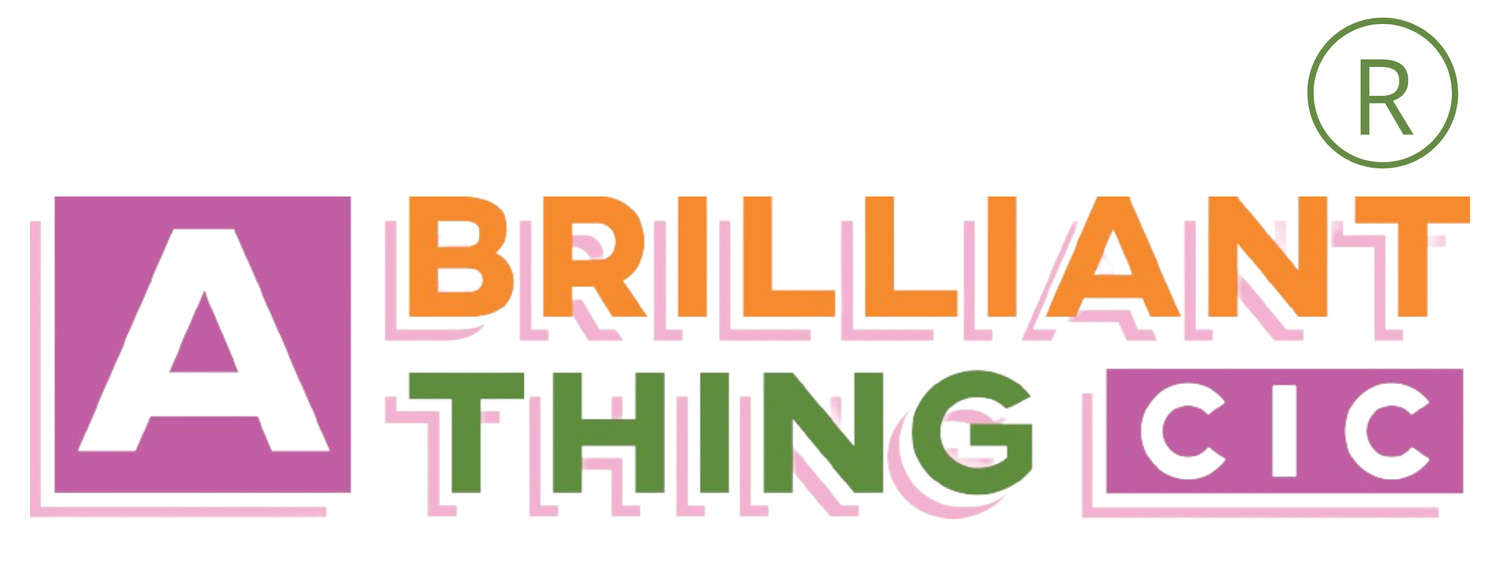Create desire paths to get work done (and meet our needs)
At work, we have habits, ways of doing things, pathways to getting work done. Often we follow routes set by our organisations or follow tracks that have been established by the people who have gone before us.
Sometimes, the pathways that we walk along, have been created for other people. For example, the 9am-5pm route to getting work done only works for a small number of people. An organisation that only values 9am-5pm working, will benefit that small minority, creating inequality for anyone who needs or wants an alternative route.
If we have experienced burnout, we might notice that our well-trodden work path connects overwork with validation or productivity with self-esteem, which make it challenging to find an alternative route to getting work done that feels meaningful.
If the path you are following, to get work done feels uncomfortable or damaging, or you are not creating the impact you want, an option could be to notice this and consider creating a ‘desire path’.
What are desire paths?
In Japan urban planners leave parks without walkways for a few months, adding landscaped paths that follow the natural tracks made by people at a later date. In Finland, officials visit public spaces just after a snowfall to see where they should create routes.
Desire paths emerge, when we repeatedly follow an unmarked track, creating a groove in the landscape that signals a different way. Similarly we can create new paths to getting impactful, meaningful work done, whilst also meeting our physical, emotional and experiential needs.
Step 1 - Notice your Needs
We often forget that, as humans, we require support to thrive, develop and create brilliant things in the world. The first step to creating a new desire path, is to notice when your body and mind are signalling support needs.
1. Increased Stress: Feeling overwhelmed or anxious? Pain, twitchy muscles, headaches? Pay attention to the messages your body is sending. Acknowledge physical and sensory triggers.
2. Drop in Momentum: An unexplained decline in productivity might indicate a need for a fresh perspective or a helping hand. Notice where your momentum and rhythm feels out of balance.
3. Isolation: Feeling disconnected from colleagues can lead to loneliness and undervaluation. Somethings this is because you feel out of alignment with your own values. Notice where you feel connection in your life, notice when you feel connected to yourself. Where are the gaps?
4. Burnout Signals: Exhaustion, irritability, and reduced enthusiasm are signs of burnout. Create mindful pauses throughout your day for gentle reflection.
5. Unresolved Challenges: Avoiding unresolved obstacles drains your energy. Instead, notice how you could work through challenges with the support you need, to avoid isolation and procrastination.
Step 2 - Consider the journey
We are creating a journey along this new path, one that replenishes us whilst we create impactful work.
Now you know your support needs, here are some prompts to ponder:
1. Starting Point: Reflect on where you currently stand in your journey towards impactful work. What is happening around you? What habits or beliefs are holding you back?
2. Moving Along the Path: Identify small steps you can take to adapt your approach to work and self-care. Embrace breaks, set boundaries, and practice self-compassion.
3. Support Along the Way: Determine the support you require to stay on your desired path. Seek replenishment, consider your physical needs and strengthen social connections. Explore coaching, mentoring or group support.
4. The Destination: Clarify what impactful work means to you. How will you know when you have arrived? What will you feel like at the end, what needs will have been met? Set tangible goals and track your progress.
Step 3 - Establish the Path
Nurturing a new way of working that focuses on replenishment means making and establishing positive changes. When you have identified your needs and considered how you want to experience work, talk openly with your team to establish some new expectations and boundaries. You may consider coaching support to help you clarify and communicate these changes. Coaching or self directed personal and professional development can provide tools and resources that will help you collaborate and work alongside others travelling different paths.
Desire paths, those unmarked trails that create new routes, share a powerful connection with how we find new supportive ways of doing impactful work. Impactful and replenishing work (rather than work that depletes or burns us out) has to challenge conventional norms and established routines.
Like physical desire paths, new ways of working that focus on meeting our needs as we create impactful work, opens up opportunities and give direction to the meaningful contributions we can create in the world.

